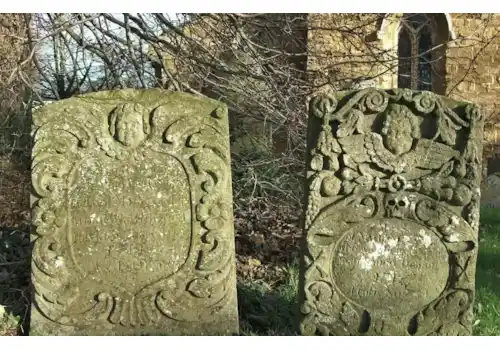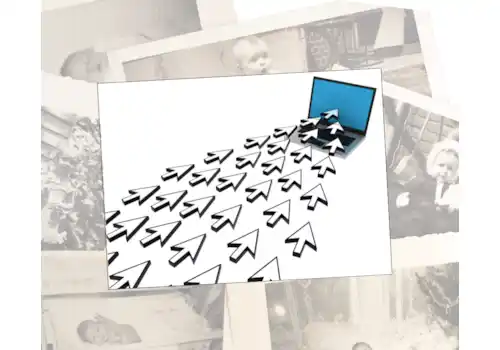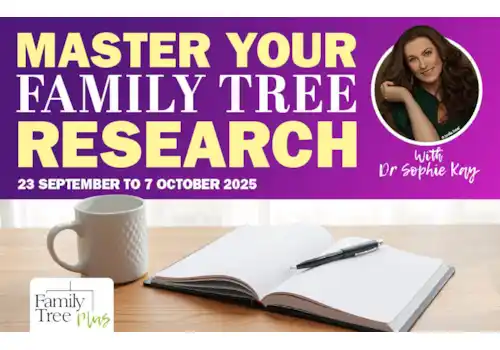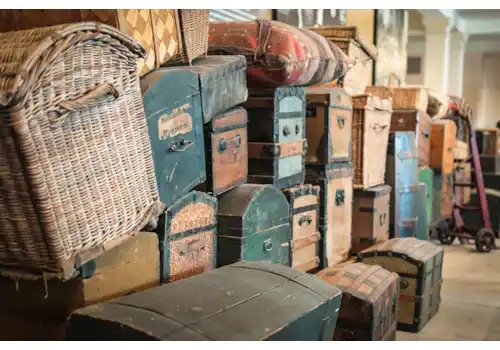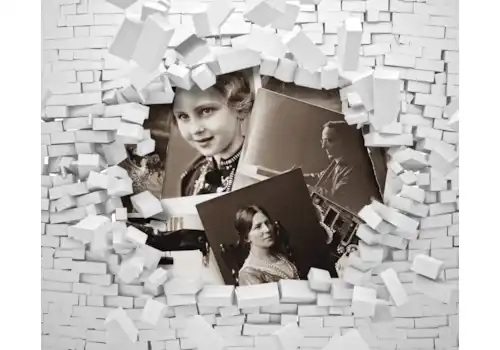How to guides
Wherever you are in your family history research, there is always something new to learn and discover. In this section of our website you can read our guides to getting started in family history and how to take your research further.
Popular family history topics in our 'how-to' section include:
- 1921 Census user guide
- Family history webinars, courses, and tutorials
- 50 best websites for family history
Why not take a 7-day free trial of Family Tree Plus, the ultimate online genealogy community? Find out more




